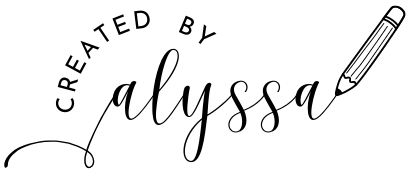Created by Alyssa
Curriculum Development Using Canvas LMS
Created a personalized learning experience for students including playlists, remediation, and enrichment. Since cognitive learning theory and strategies are essential to the fundamentals of lifelong learning, I choose this theory to challenge and elevate asynchronous Biology learners.
Audience
10th grade high school students that choose to take the class online.
Theory
Tools Used
Framework
Learning Management System (LMS)
The learning management system that I selected to build my course in is one I am familiar with, Canvas Instructure. I have been utilizing Canvas since my district purchased the LMS several years ago. However, the reason I chose Canvas is not because of familiarity. The following are the strongest reasons why Canvas was the top contender: (1) range of activities, (2) user friendly, (3) large selection of partner applications and embed features, (4) design features, (5) integration with my district and student-base (student load-in is seamless), (6) discussion tools, (7) allowance for project and assignment collaboration, and (8) grading synced with our internal district grading system.
Canvas can effortlessly integrate various apps such as (but not limited to): Adobe, Amplify, Apex Learning, Blox, Canva, Cengage, CK-12, EdPuzzle, FlipGrid, Formative, Google Apps, H5P, Labster, Office 365, Nearpod, Pear Deck, Remind, Screen-Cast-O-Matic, Vimeo, and YouTube. The easy allowance to integrate many different programs is the ability to have a limitless selection of activities and assessment.
Using Gagne's Nine Events for a Lesson
- Gain Attention: Introductory video displaying the amazing properties of water, or a quick demo lab of a balloon full of water, and a lighter underneath, held over somebody’s head.
- Describe the Goal: Standard – SC.912.L.18.12 Discuss the special properties of water that contribute to Earth’s suitability as an environment for life: cohesive behavior, ability to moderate temperature, expansion upon freezing, and versatility as a solvent.
b.Learning objectives –
i. Examine the importance of hydrogen bonding.
ii. Summarize why many compounds dissolve in water.
iii. Compare acids and bases - Stimulate Recall of Prior Knowledge: Connect with a previous experience that involves the properties of water (this could be a water glider or water beading up on plants in the morning). This could be posed as a discussion or a guided reading.
- Present the Material to be Learned: Information chunked into 3 sections: hydrogen bonding, properties of water, and acids and bases. Instructional materials are short with resources if needed. This is embedded as a video or powerpoint.
- Provide Guidance for Learning: Utilize boxes displaying more information to give the learners control. This could be designed using design tools to create panels or tabs.
- Elicit Performance Practice: Discussion, quiz, activity, or an interactive embedded into the module.
- Provide Informative Feedback: Show correctness of the students’ response, analyze learners behavior, maybe present a good (step-by-step) solution of the problem. This feedback would be immediate. Quiz quizzes embedded within the module are a way to assess and provide feedback.
- Assess Performance Test: Quick quiz at the end of the module for assessment.
- Enhance Retention and Transfer: Properties of Water demonstrated in a POE approach (predict, observe, explain). This could be an at-home activity that only requires water and a discussion.
Course Mapping
High School Biology is a large, comprehensive, content-heavy course. I organized the course into units first, and then created goals for the units. . I further broke those goals into learning objectives using Bloom’s Taxonomy. I further broke the objectives down into multiple tasks. The activities associated with the tasks are time-bound and specific.
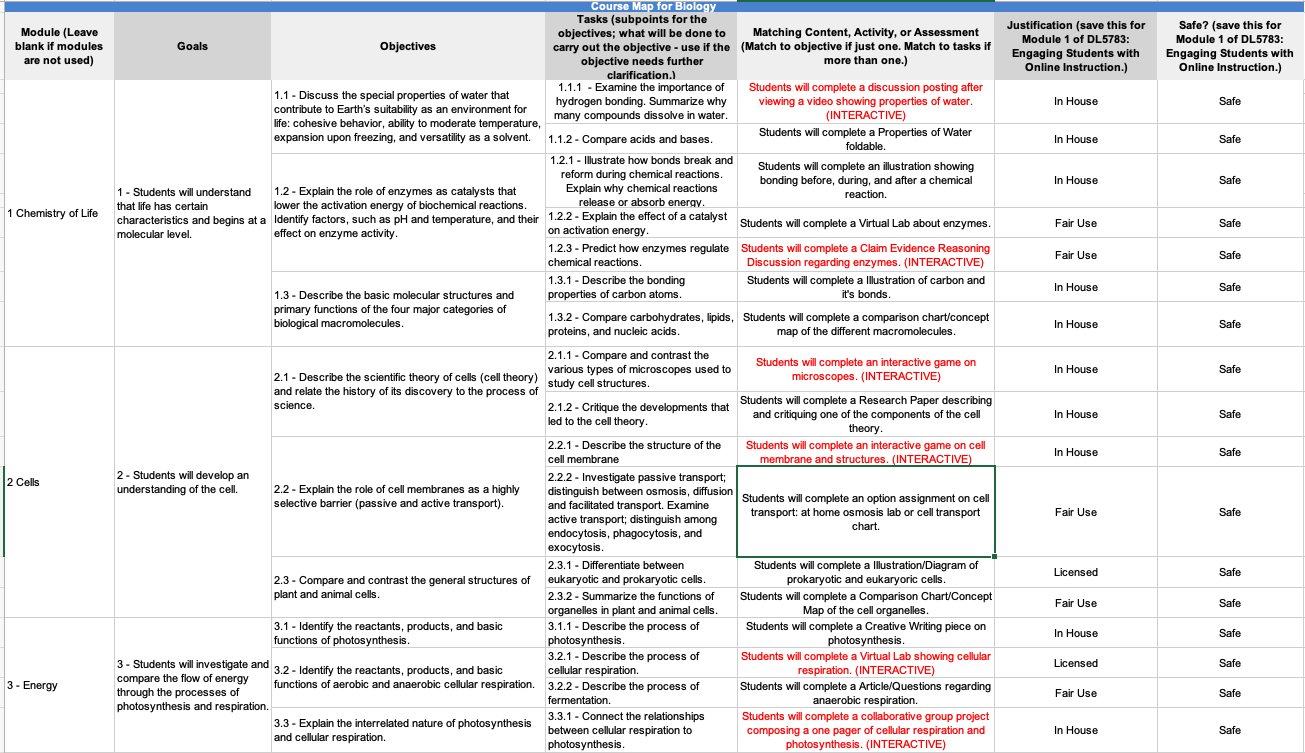
Engagement Strategies
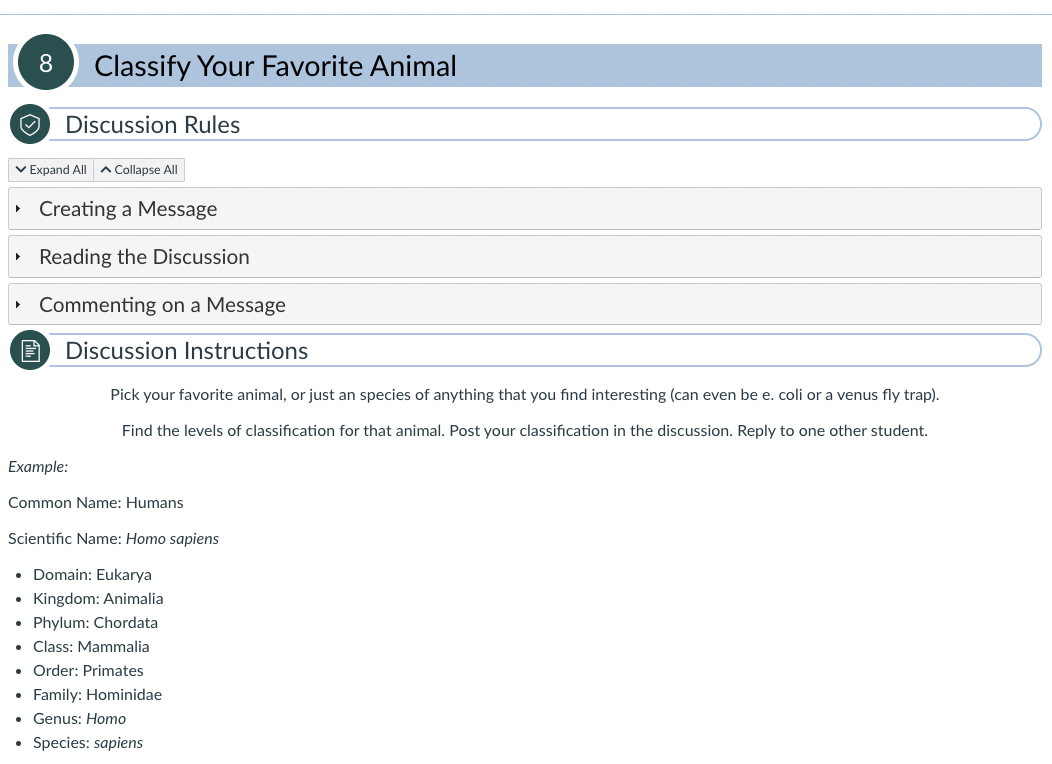
Discussion Posting with Peers
A topic discussion allows students to interact with their peers and the content. Each discussion posting contains instructions and guidelines for posting. The guidelines provide students with instructions on how to create a message, read the discussion, and properly respond to their peers. The discussion instructions are found below the guidelines and follow and rubric.
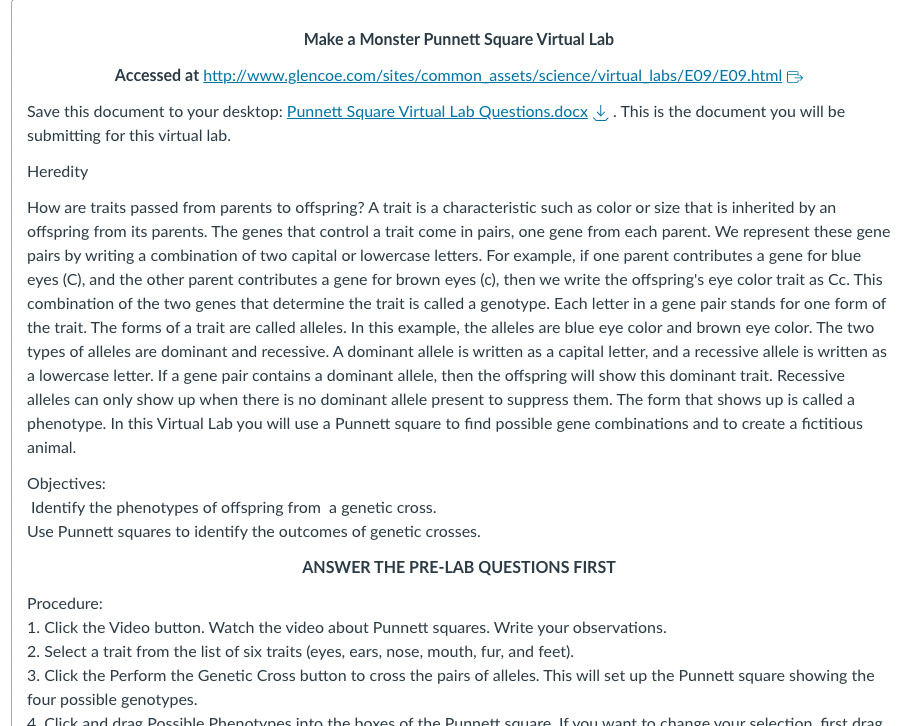
Virtual Labs using Simulations
There are a variety of simulations available for free, including Glencoe and PhET for Science-based courses. These interactive experiences help engage students by immersing them in the content, especially the concepts that are difficult to understand as they cannot be seen with the naked eye (like cells).
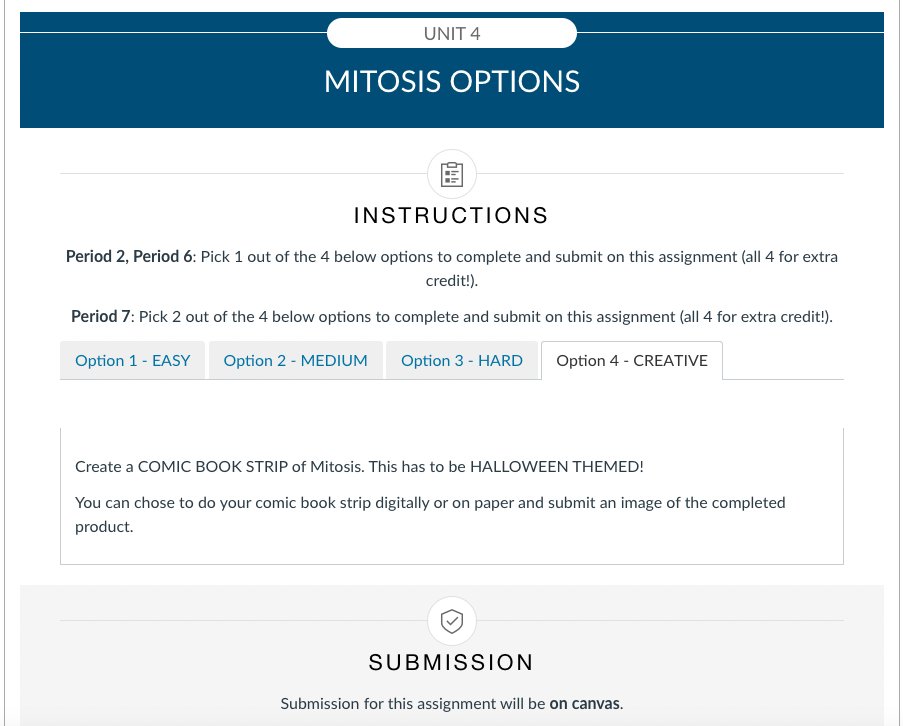
Student Choice
In this example, students have four assignment options: easy, medium, hard, and creative. This allows for a more personalized learning approach. Students can choose an easier assignment if they struggle with the content, a hard assignment if they want to be challenged, or a creative assignment if they are more artistic.
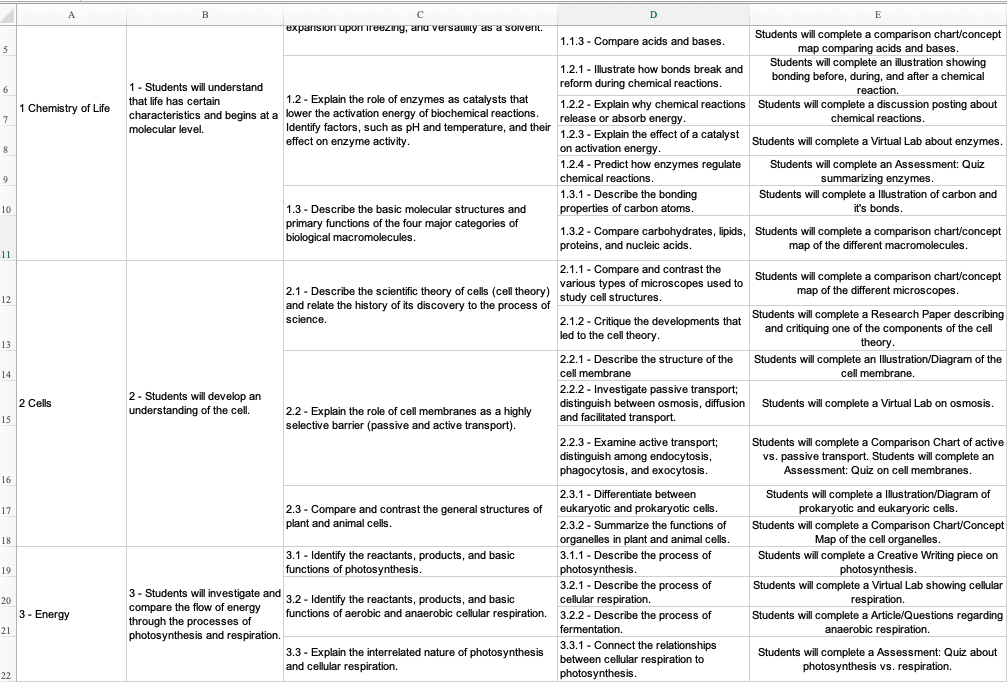
A Variety of Assignment Types
Students can interact with content using: matching pair activities, drawing and labeling activities via Nearpod, crossword puzzles via H5P, competitive quizzes via Quizziz, group projects via Canvas Collaboration, comparison charts, concept maps, interaction on FlipGrid, drawing and labeling, foldables, interactive videos via Canvas Studio, and creative writing opportunities.
Evaluation
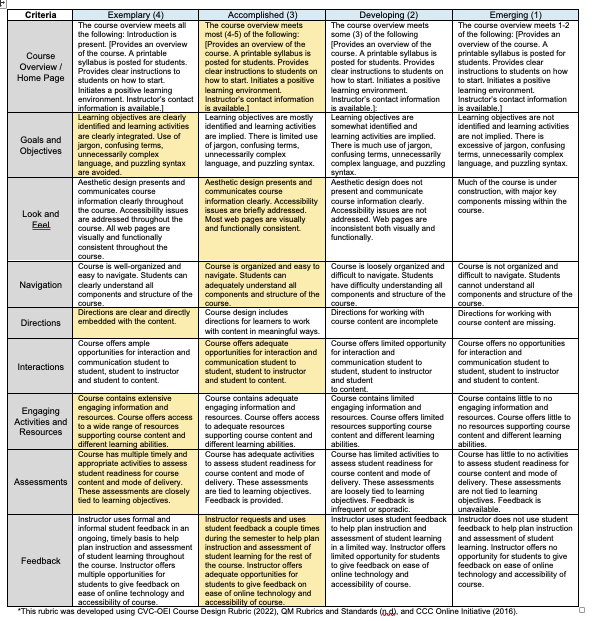
Reflection and Revision
Successes
Could Use Work
Utilizing Feedback
More Projects
Microlearning – Nearpod
Created by AlyssaMicrolearning on NearpodThis training focuses on energizers from the Bob Pike Group. Energizers are a specific type of engagement strategy. Strategies are based on Bob Pike trainings I have attended focusing on facilitating to adult learners. The...
Gamification – Articulate Storyline
Created by AlyssaGamification with Articulate StorylineCurated a game for science students learning the parts of the cell and cellular transport. The premise of this game is based on a student scenario in a high school science classroom. This aligns with the following...
Instructional Design – Articulate Rise 360
Created by AlyssaInstructional Design on Articulate Rise 360Goal: In this course, learners will gain an understanding of the TDIF Grant application process. By the end of this course, 100% of qualified teachers will be able to submit a TDIF Grant application for...
Learn More
About Me
Result-oriented and innovative Project Manager with 8+ years of experience in education, blending expertise in curriculum development, project management, and instructional design. Adept at establishing clear lines of communication with stakeholders, ensuring informed decision-making and successful project outcomes.


Created by Alyssa
Bringing your vision to life.
Links
Home
About Me
Categories
Instructional Design
Project Management
Graphic Design
